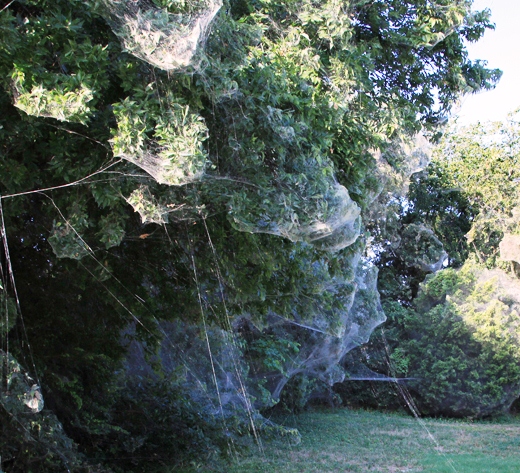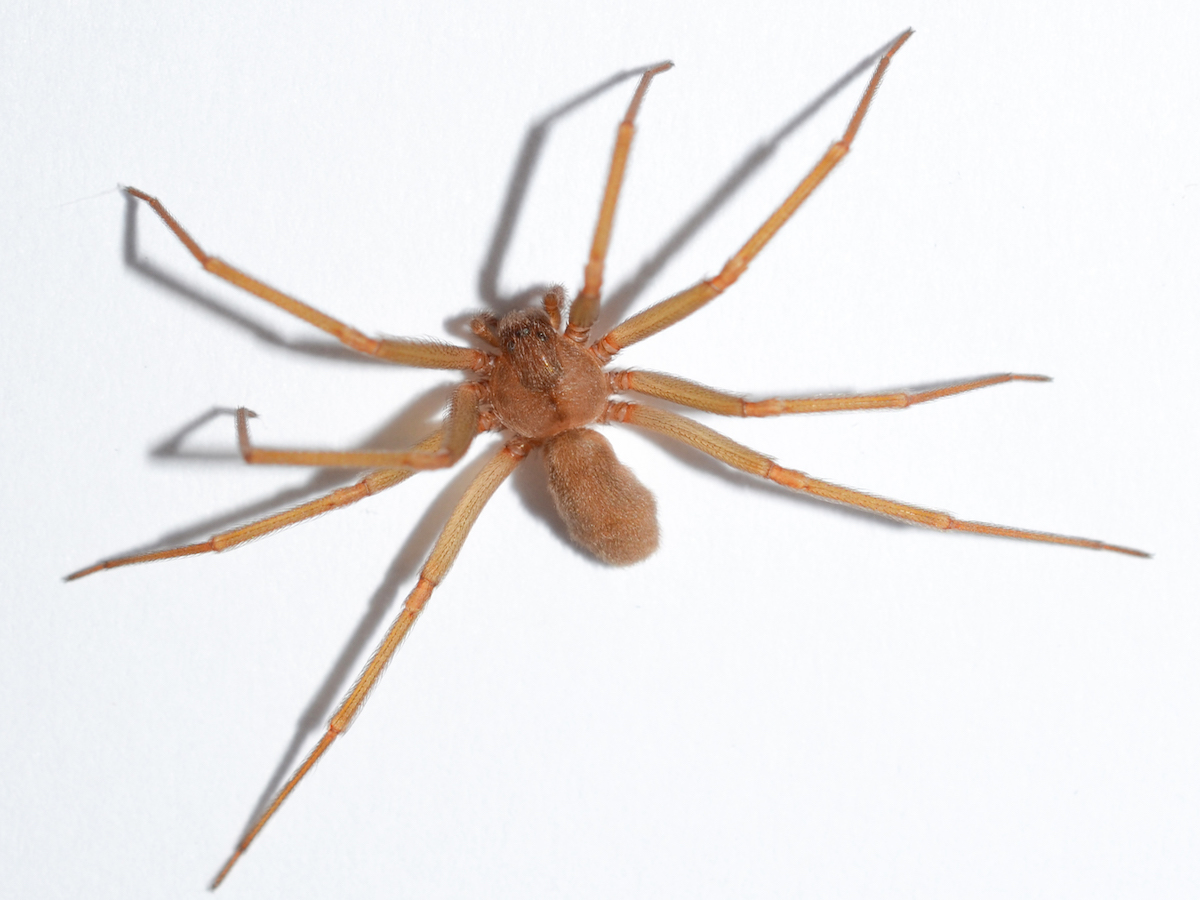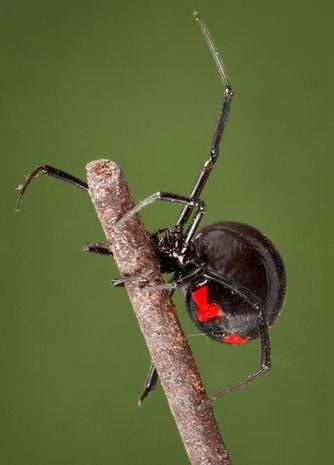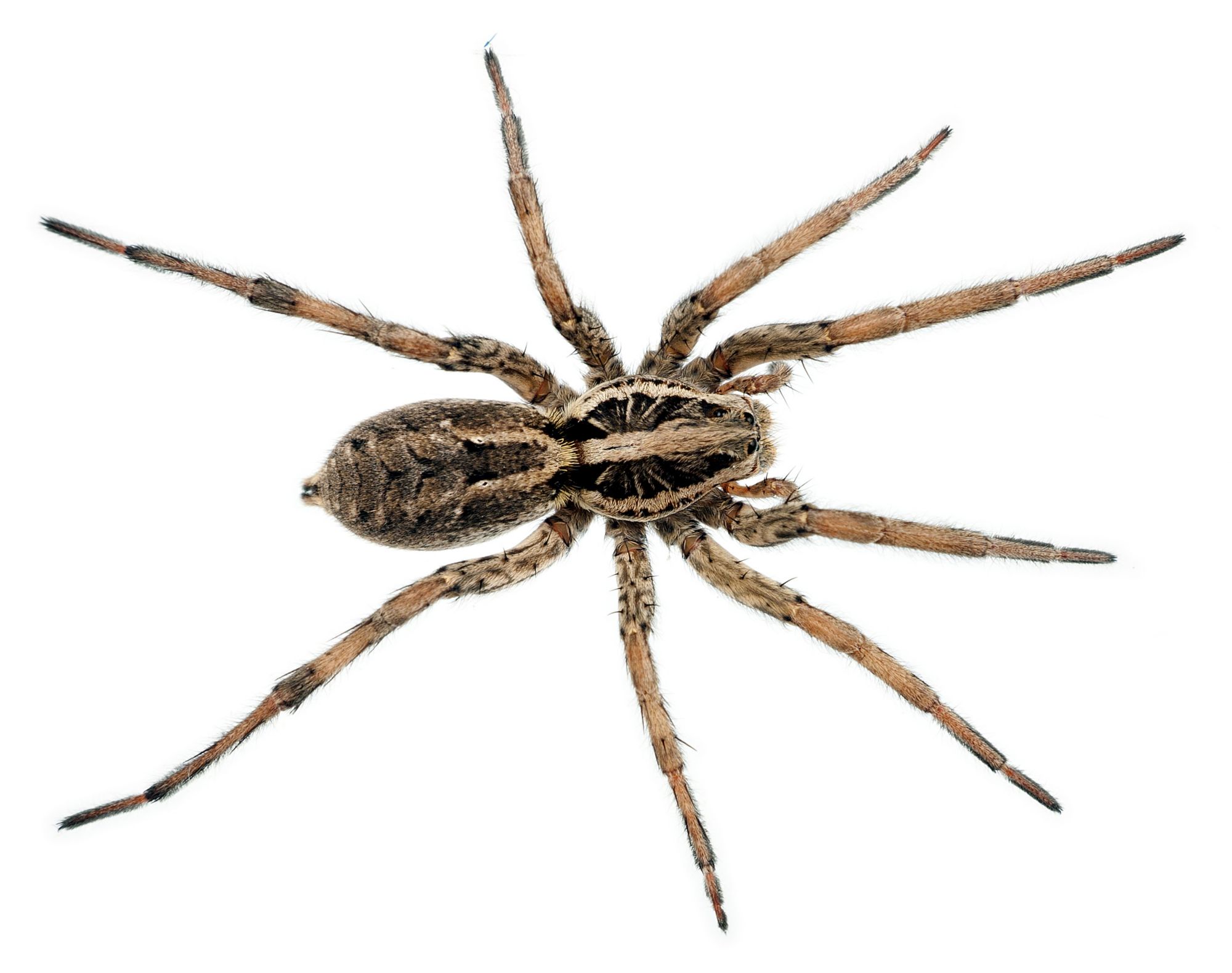Christmas has come and gone and we have officially moved into 2019. It’s time to start putting up decorations and preparing homes for cozy evenings spent indoors as long nights and winter weather settle into Texas. But don’t let the chill in the air trick you into thinking that bugs have all gone dormant. Though it’s true that many pests are inactive this month (in fact, now is the perfect time to protect your trees and shrubs from damaging pests that will resume activity in spring and summer; see our May Blog for more on this), there are plenty that can wreak havoc in your home on a peaceful winter night.
Perhaps the most plentiful of these pests are spiders. With over 900 different species of spiders in Texas, it’s safe to say that they are a pest you will regularly encounter. And though some species are simply nuisances, building webs in seldom used areas in our homes, some carry significant danger to anyone on the wrong side of their bite. So as you venture into attics, crawlspaces, closets, and other out-of-the-way places in your home to put up your Christmas decorations, it’s important to be aware of the hidden danger spiders can pose and take steps to minimize the risk of starting off the new year with a trip to the doctor.
The three spiders that tend to garner the most attention in the Dallas-Fort Worth area are brown recluse spiders, black widow spiders, and wolf spiders. In order to best keep yourself safe from these lurking pests, it’s important to learn a bit more about them so you can spot the danger before you feel the bite.
Fast Facts About Brown Recluse Spiders:
- Size: its thin legs extend over an area about the size of a quarter to half-dollar
- Appearance: golden-brown color with a dark violin shaped marking on its back between the eyes and the abdomen
- Habitat: in and around buildings in warm, dry places, especially in areas that are rarely disturbed
- Active Times: most active at night and during the spring
- Dangers: its venom causes decay and death of tissue around the bite
- How to Avoid: shake out shoes before putting them on, wear gloves when cleaning an area with a lot of cobwebs or where you can’t fully visually inspect
- If you see one: try not to disturb it; it will generally only bite when trapped, disturbed or threatened
- If you are bitten: seek medical help
Fast Facts About Black Widow Spiders:
- Size: female’s body length is about 3/8”; male’s body length is about 3/16”
- Appearance: females are shiny and black with a red hourglass pattern on the underside of its abdomen; males are brown and nondescript
- Habitat: protected outdoor spaces such as portable toilets and unused sheds, as well as inside buildings in warm, dry places
- Dangers: venom of the female spiders causes intense pain within a few hours of biting; the pain is generally in the abdomen and back and can last up to 48 hours; males are not dangerous to humans
- How to Avoid: shake out any shoes or gloves kept in storage areas before putting them on, and wear gloves when handling wood piles, mulch, etc.
- If you see one: try not to disturb it; it will generally only bite when trapped, disturbed or threatened
- If you are bitten: seek medical help, especially if the person bitten is a child, elderly, or has pre-existing health issues
Fast Facts About Wolf Spiders:
- Size: 1/2” to 2 inches long
- Appearance: hairy and varies from orange-brown to gray and black with a mottled, almost camouflage appearance; it has 2 tiny arm-like appendages in the front of its body in addition to its standard 8 legs
- Habitat: generally found outdoors in open, grassy areas, or inside around doors, windows, and in garages, but they can be found anywhere there are insects to feed upon.
- Dangers: as with any spider bite there is a possibility of an allergic reaction, but the bite itself is not inherently dangerous, though it can be painful and feel much like a bee sting
- If you see one: DO NOT SQUISH IT! If it’s a female, it carries its eggs on its back and when you squish it, you will release those eggs, causing you to now have hundreds of wolf spiders in your home to contend with. And try not to disturb it; it will generally only bite when trapped, disturbed or threatened
Spider Prevention:
- Reduce the food source for the spiders; aka eliminate other insects from inside and around your home
- Reduce bright outdoor lighting
- Be on a regular pest control service plan
- Trim weeds, grass, and shrubs around buildings
- Seal/caulk openings, cracks, gaps, etc.
- Remove any webs and egg sacs when found
- Reduce clutter which can be harborage areas, especially in undisturbed areas
- Use glueboards to catch and remove spiders, especially wolf spiders
- Keep the home cleaned, vacuumed, and dusted
This year, as you wrap up Christmas celebrations and start in on your New Year’s resolutions, consider adding regular pest control to your list and keep yourself safe from lurking spiders.
Additional References:
“Spiders and Their Kin” – Texas Parks & Wildlife
“Venomous Spiders in Texas: Which Two Species to Look Out For” – Jenny Webster Jurica, Texas Hill Country
“This Bites: Venomous Texas Spiders” – Texas Health and Human Services
“Wolf Spiders and Their Bite” – Lisa Jo Lupo – The Spruce
Author Bio: Alissa Breach has been gaining knowledge and experience around pest control concerns over the last 10 years while working for Mid-Cities Pest Control. She has a creative writing BA from UW-Madison and is always pursuing new and interesting writing projects.









